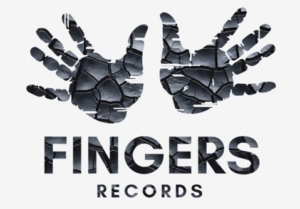The transformation of the drug landscape in Europe brings new challenges to harm reduction approaches. While traditional interventions aim to prevent the initiation of drug use and provide treatment for those who develop problems, harm reduction focuses on working non-judgmentally with drug users to minimize risks associated with health-damaging behaviors. This includes providing sterile injection equipment to reduce the risk of infectious diseases, such as HIV.
As consumption patterns and user profiles evolve, interventions need to adapt. Beyond preventing infectious diseases, harm reduction now encompasses a broader range of health outcomes, including reducing the risk of overdose and addressing social issues faced by marginalized populations.
Health issues associated with drug use, whether chronic or acute, are linked to various variables, including substance properties, administration methods, and social context. Dependence and infectious diseases are chronic concerns, while overdose is a significant acute risk, especially concerning opioid use. Harm reduction interventions have historically focused on opioid and injectable drug users, with integrated approaches in healthcare over time.
Diversification of interventions includes supervised drug consumption rooms, take-home naloxone programs, and drug checking services. However, controversy persists, primarily due to legal issues and the evolving nature of evidence. Coverage of these interventions varies between countries and, in some cases, remains inadequate.
The increasing use of opioids and synthetic stimulants, along with complex patterns of polydrug use, underscores the need for a review of current strategies. Mixtures containing new synthetic opioids in some countries indicate the urgency of adapting interventions, including the distribution of opioid antagonists like naloxone.
The historical goal of reducing risks associated with injectable drug use faces new challenges, such as HIV outbreaks associated with the injection of synthetic stimulants. The COVID-19 pandemic has negatively impacted services, raising concerns about drug-related infection testing and access to care, especially for vulnerable populations.
“Chemsex,” the use of drugs to facilitate high-risk sexual encounters, is a concerning practice associated with multiple health risks. The lack of integration between sexual health services and drug treatment complicates the effective approach to this behavior.
Cannabis consumption in Europe, often combined with tobacco, highlights the need for specific harm reduction strategies for this group. The emergence of cannabis products with varying potency and new forms requires continuous adaptation in harm reduction approaches.
While some harm reduction strategies remain controversial in some European countries, the general acceptance that evidence-based measures are crucial underscores the ongoing importance of evaluating existing services. With the evolution of illicit drug markets, it is crucial to develop and assess new service delivery models to protect health in the face of constantly changing consumption patterns, new substances, and specific contexts. Interventions in prisons, such as opioid agonist treatment, needle and syringe programs, are also essential aspects of harm reduction, but their availability varies among EU countries.
The above text was based on content from the EMCDDA European Monitoring Center for Drug Use Reduction.
If you want to know more about the current situation and the 2023 report on drug use in Europe, which mirrors what will happen in the future here in Brazil, follow the link: https://www.emcdda.europa.eu/publications/european-drug-report/2023_en
Some links to help with harm reduction with drug use.
https://harmreduction.org/about-us/principles-of-harm-reduction/
https://hri.global/what-is-harm-reduction/
https://nida.nih.gov/research-topics/harm-reduction
https://www.health.vic.gov.au/aod-treatment-services/prevention-and-harm-reduction










